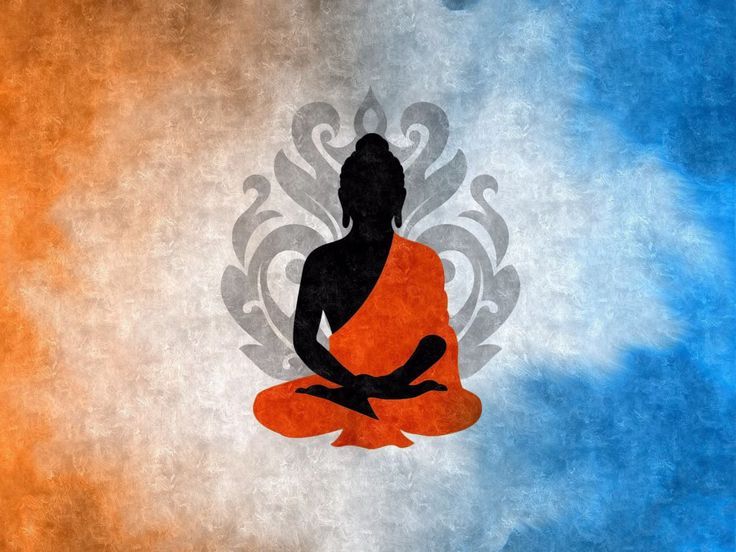One evening, at the age of thirty-five, he sat in dhyana (a Sanskrit term with the same meaning as Zazen in Japanese, and Chan in Chinese) at the feet of a pipal tree, a tree later known as "The Bodhi Tree", in Bodh Gaya, India.
It was here that he became determined not to stop meditating before reaching Enlightenment (satori in Japanese), awakening to the reality of the Universe.
After 49 days of meditation, at the age of 35, he is said to have attained Enlightenment. It was at this moment that he became "The Buddha" - The Awakened One.
At the moment of his Enlightenment, he experienced a sublime intuitive understanding of existence, and he understood the cause of earthly suffering, as well as how it could be eradicated. His observations about suffering became known as the Four Noble Truths. He also developed the Noble Eightfold Path, one of his principal teachings, which is described as the path leading to the cessation of suffering. Both the Four Noble Truths and the Noble Eightfold Path are at the center of Buddhism, as well as Zen.
Having decided to preach his teaching or Dharma, the Buddha returned to his former disciples in Benares. Amazed by his wisdom, sincerity, and knowledge, they took him again as their teacher, and he was ordained as a monk. Together with him, they formed the first group of Buddhist monks, called a Sangha in Sanskrit.
Shortly after forming the first sangha, he preached his first sermon in the "Deer Park" near Benares. This sermon contained the essence of Buddhism, in which he elaborated on his doctrine of The Middle Way. Accompanied by his disciples, the Buddha traveled in the valleys of the Ganges spreading his philosophy, making disciples, and creating a group of monks where everyone was admitted without any discrimination. Later on, he returned to his hometown and preached to his father, his wife, and other family members.
A wealthy admirer paid for the construction of a monastery in Savatthi, which became the Buddha's main residence and teaching center. The Buddha's teachings spread, and more monasteries were built in major cities along the Ganges. Even as it gained prominence, his dharma remained a way of life, a philosophy than a religion.
After a life devoted to spiritual activity, the Buddha died in Kusinagar (in modern day Nepal) at around eighty years of age. Foreseeing his death, he warned his followers about it, but he refused to give them any specific instructions on the continuation of his teaching. Instead, he insisted that he had already taught all that was necessary. His body was cremated, and his ashes were divided and put into the eight Buddhist temples spread across India.

The Buddha was not a God and he made no claim to divinity. He was a human being who, through tremendous effort of heart and mind, transformed all limitations. He affirmed the potential of every being to reach Enlightenment. Buddhists see him as an ideal human being and a guide who can lead us all towards Enlightenment.
The 4 Noble Truths






